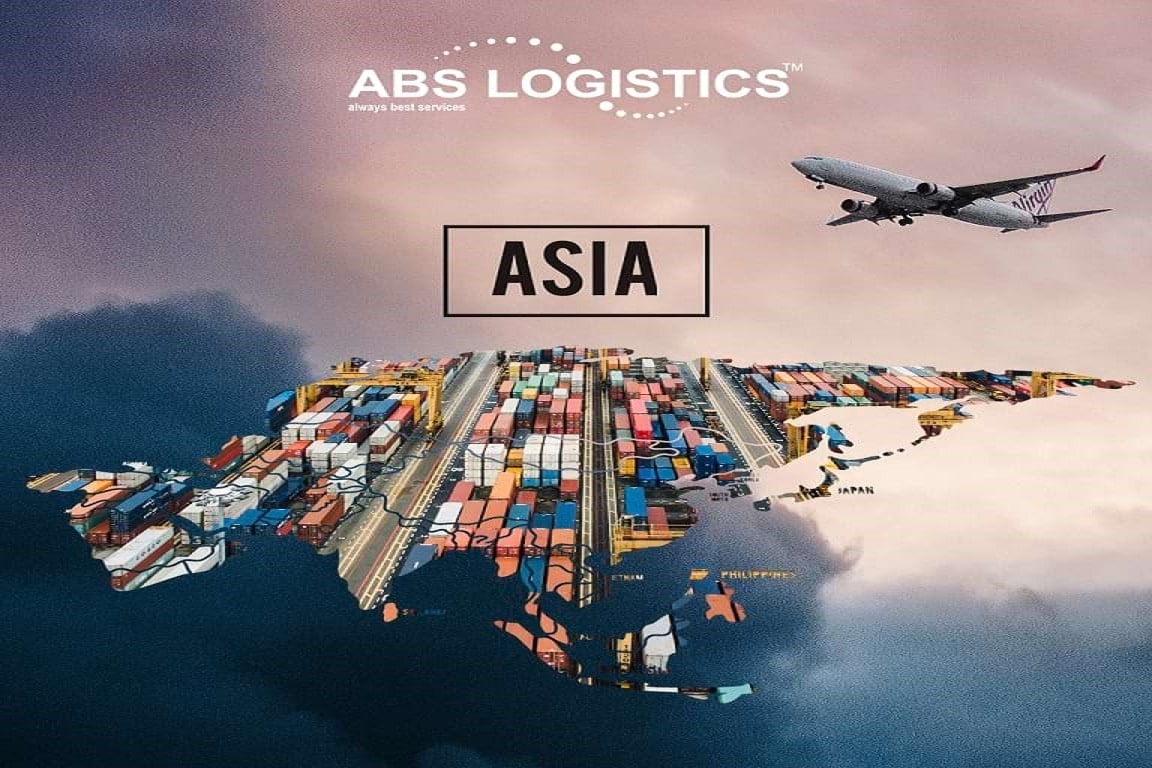Cheap labor and an exemplary work ethic have made for a thriving logistics industry in the Asian markets. Overall investment in the logistics industry is estimated to be around 126 billion USD, this figure is double of the last five years.
This advancement has been driven by an outstandingly wide deficiency for the segment, with interest going from private value vehicles and institutional assets to private entities and families. Stage and portfolio exchanges have turned out to be progressively regular among the biggest financial specialists, this is because of the longing to acquire awareness in the industry. Logistics-based real estate transactions have been of the highest yields in the real estate industry, the sale of Blackstone's Logicor for an estimated 14.5 billion is a prime example.
What is behind this the driving force behind this voracious interest in the logistics industry? In Western open markets, a stylised answer would feature an auxiliary rebalancing act, competency and global capitalization lead to more demand of the eastern logistics.
The past five years have a seen a sudden spike in the visibility and awareness-factor of logistics in the Asian markets. Businesses are going digital, e-commerce and other mediums have bought the domestic player into the international market making it a pool of highly competitive and competent participants.
India and China Rising
The Indian tax reform termed ‘The goods and services tax’ (GST) was introduced in 2017. It has bought a substantial uniformity and fluidity in the Indian federal market. Before the GST Indian markets were known to sell the same product and services in different states for varied prices, post-GST these price differential have been eliminated.
This has greatly benefitted the supply chain industry, removal of checkpoints, uniform tolls and taxes have made the movement of goods fasters and smoother. The second most populous market in the world, India is a gold mine for investors. This has not gone unnoticed in the global economy.
China’s flagship ‘Belt and Road initiative’ is a game changer. It is known to span more than 70 countries in Asia, Africa, the Middle East, and Europe. With significant investments in porting, railway, highway, and power plants BRI is growing by leaps and bounds. Logistics for both the countries might be focused on infrastructure for now, but eventually, they will also open up trade routes to these countries helping the countries economy, global trade but also the logistics industry worldwide.
Discrepancies
There have been certain discrepancies in the market in the year 2018, the most significant one being US and China. Manufacturers who are facing potentially increased tariffs are already looking for contingencies if the situation worsens.
This could have an impact in a number of ways, with possible re-shoring or outsourcing to markets where any potential tariffs could be circumnavigated or assembling components in different markets to reduce risk. While a deteriorating situation could have a knock-on effect on a number of Asia-Pacific economies, political maneuvering could resolve the situation or potentially see increasing engagement on other multilateral trade deals.


